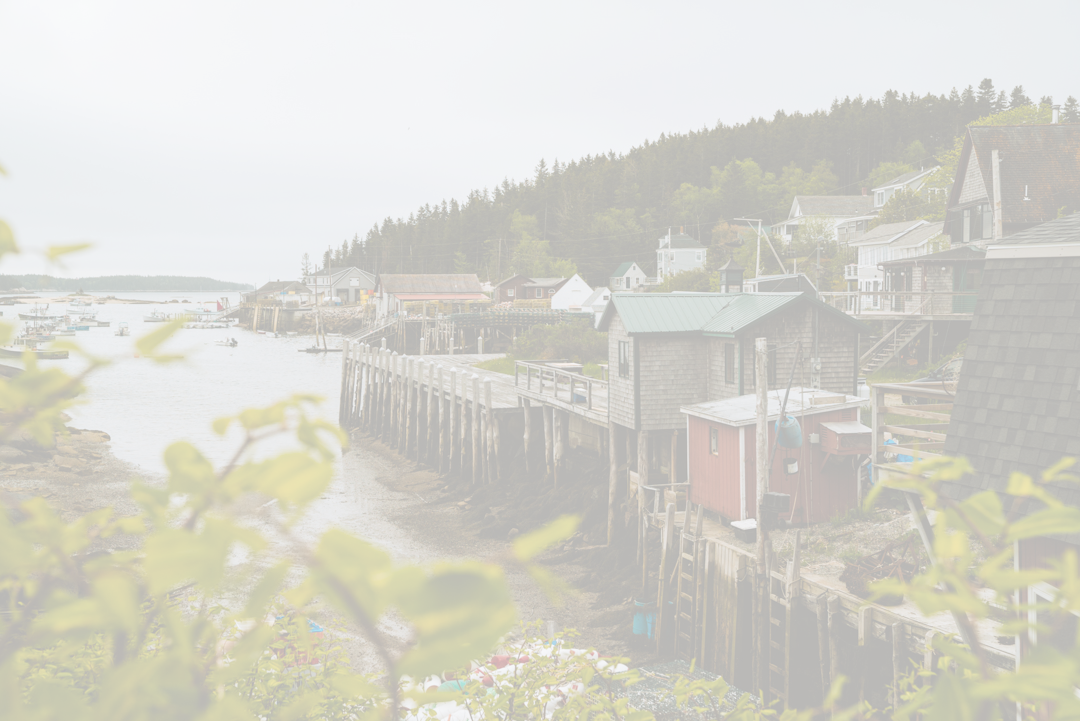Chapter 1: Restoring A 1967 Hinckley Pilot 35

They say a boat is a hole in the water that you throw money into, but for those of us who rely on saltwater and fresh air to stay sane there’s little else in the world worthy of not just the money, but also the time. For our friend, Sawyer Theriault, both are well accounted for as he recently signed on to fully restore his 1967 Hinckley Pilot 35.
To set the stage, we have to first touch on the legacy of the Hinckley name for those not familiar. In 1928, the Manset Boatyard was established in Southwest Harbor, Maine and began servicing local lobster boats and yachts of summer vacationers. Henry R. Hinckley built his first boat five years later in 1933, a 36 foot fisherman with clean lines that fished hard for most of the year, but was varnished up and chartered by the summer crowd as the weather warmed up.
Henry R. Hinckley was often dissatisfied with off-the-shelf parts for his builds so they typically came with custom designed stanchions, chocks, pulpits and masts. Over time, the legacy of Hinckley Yachts grew to resemble the Acadian Coast on which it was founded with equal parts rugged performance and elegant beauty. At the forefront of countless maritime innovations over the past century, the Hinckley name has been held in the highest regard for its service, craftsmanship, and attention to detail that are widely considered second to none.
We caught up with Sawyer below to chat boatbuilding and help document the beginnings of the restoration process. We’ll be checking in every once in a while as he continues to make progress and we’ll roll out updates in different chapters as we go. So please stay tuned and enjoy the ride!
How did you learn marine carpentry?
ST: I bought my first boat when I was 12, a 1969 Chrysler Courier 229.
Over the course of eight years or so, I completely tore the boat apart
down to the fiberglass hull and started to rebuild--stringers, floors,
transom, pretty much everything. During those same years I was restoring
a 1964 Pearson Commander with my dad--it was that boat that made me
decide I wanted to restore sailboats instead of power boats.
What is the hardest part of a boat to restore?
ST: Boats have no square angles, so one of the most challenging aspects
of restoration is matching original curves and fitting new pieces. It's
a lot of pattern making, slowly adjusting each time until whatever piece
you're making fits just right.
What does the Hinckley name mean to you?
ST: I grew up sailing here in Maine, and Hinckley in my mind was always
the standard bearer of a beautifully built sailboat. Although they don't
build sailboats any more, for decades Hinckley was considered one of, if
not, the best around. Having a boat made in Maine is also special to
me--I have ancestral roots in Downeast Maine and I take pride in the
craftsmanship that Mainers put into their work, which definitely shows
in a Hinckley.
How did you find PENDRAGON?
ST: My dad is a marine surveyor, so he goes all up and down the coast
looking at boats. He found this one in Georgetown, ME at Robinhood
Marine. He knew I was looking for a bigger project, so when the manager
of the yard showed him this boat, he immediately called me and told me I
needed to check it out. I'm glad he did!
What do you look for when prospecting a restoration like this?
ST: To me the most important part is making sure the hull is relatively
sound--my dad and I took a moisture meter to the entire boat and sounded
it out with a mallet. If it's a dampened thud, that means there's
moisture and there probably needs to be further investigation to make
sure things aren't delaminating or rotting. Luckily, this boat had
almost no wet areas and the hull is made of thick, solid fiberglass, so
she's sound.
Where do you start?
ST: Demo. This project in particular is going to require a lot of
interior rebuilding, so I decided to gut the entire boat and am pretty
much starting from scratch. I'll redesign portions of the interior,
rebuild some of the bulkheads, and then replace all the systems--engine,
electrical, plumbing etc--before moving on to the exterior.
How long will it take for a restoration of this scale?
ST: I'm hoping to be able to launch in the summer of 2022--but that
might be ambitious. It's tough to find the time while working at a boat
yard full time.
When do you know it's done or does it ever really end?
ST: Boat work never ends--I learned with my last restoration that
rather than looking for an "end point" you have to look for a point at
which you can be satisfied enough to put her in the water--chances are
you'll never be satisfied enough to say "it's done."
Where will you take her first?
ST: I'm hoping to cruise the coast of Maine after she launches. I haven't
spent nearly as much time as I would like in Penobscot bay, so some
island hopping is in order. After that, eventually, I'd like to take her
south if life allows.


















